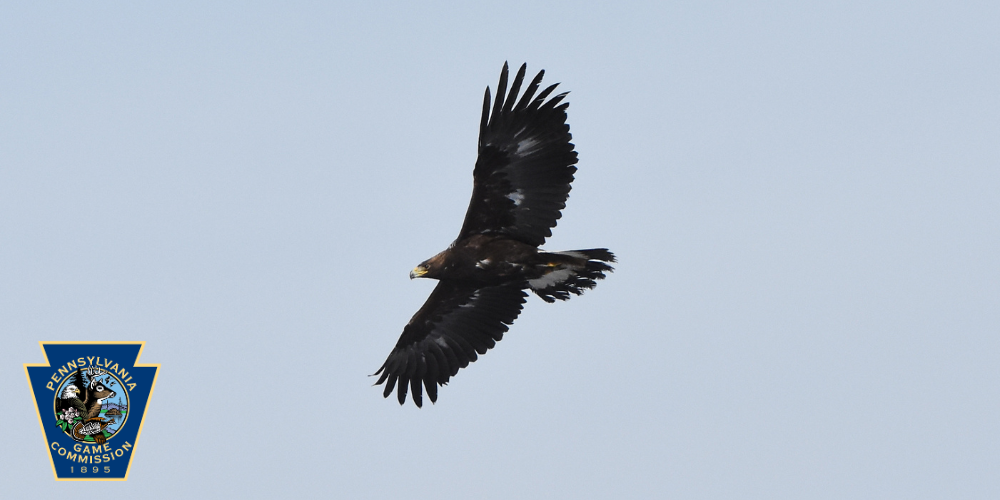
The Kittatinny Ridge is recognized as a globally significant migration flyway and Pennsylvania’s largest Important Bird Area (IBA). At least 16 species of hawks, eagles, falcons and vultures, and more than 150 species of songbirds, travel the Kittatinny Ridge as they migrate south through Pennsylvania during autumn and north during spring. The ridge and surrounding forests provide critical resting and feeding habitat for birds during their taxing journeys.
In autumn, the highest numbers of hawks move through on strong northwest winds following cold fronts. A south wind produces fewer numbers, with birds flying lower, often just above the forest canopy. On clear days, as the sun warms a patch of open ground, a forest clearing, or a boulder field, a bubble of warm air rises taking any winged passengers upward. A soaring hawk or eagle can climb hundreds of feet in seconds without expending its own energy! As the thermal reaches its peak and begins to disintegrate, the birds simply lock their wings and glide away down the ridge to catch the next thermal. Birds of prey travel great distances this way, conserving valuable energy.
If you are interested in experiencing the fall raptor migration yourself, visit a hawk watch site this fall. Waggoner’s Gap Hawk Watch, situated atop the Kittatinny Ridge on the border of Cumberland and Perry counties, offers a premier fall hawk watching experience. Now part of State Game Lands 230, it is the second-oldest hawk watch in the United States, with 70 years of migratory bird data collection. This lookout is most known for the high numbers of Golden eagles recorded annually. Golden eagle numbers steadily climb through October and peak by the end of October into much of November. The highest count, 275 Golden Eagles, occurred in 2006. Bake Oven Knob is another PGC-owned hawk watch to visit, with counts recorded for over 50 years. This hawk watch site is part of State Game Lands 217 in Lehigh and Carbon counties. The game land extends into Schuylkill County, protecting 7,177 acres in this section of Kittatinny Ridge and providing access for outdoor recreation such as hunting, hiking, and birdwatching.